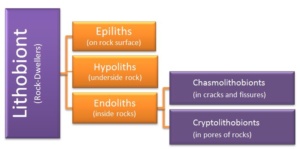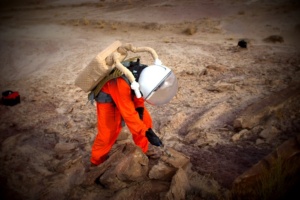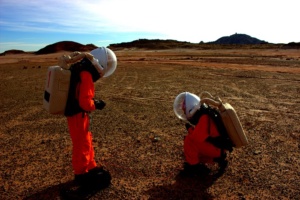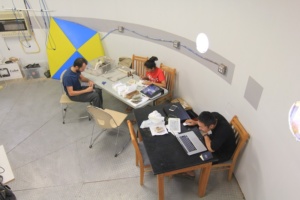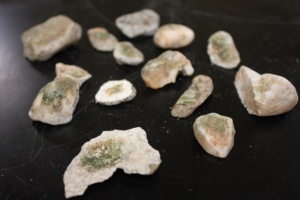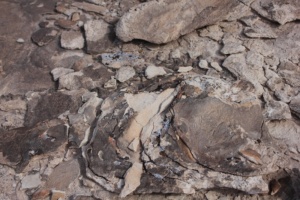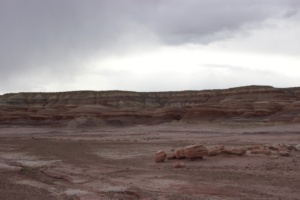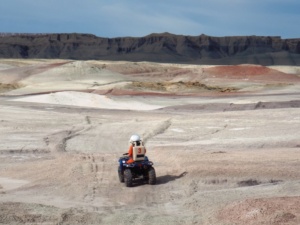Recipe for Seashell and Cheese
Here is a main vegetarian meal where meat can be easily added for
easy extra proteins.
This is the cheesiest meal we had.
This meal was prepare by the whole crew for the whole crew.
Seashell and cheese, a lot of cheese: (for way more people than you
can handle)
Ingredients:
1 Brick of Velveeta cheese. (907g)
5 cup of water.
A bag of Sea Shells pasta (454g)
A handful of dried mushroom
A handful of dried chopped onions
A handful of dried flake spinach
2 Cup of dried chicken ( skip for vegetarian option)
Note: If you think this dish is too cheesy, you can add more
vegetables, or put less cheese. Broccoli is also an excellent option
to add.
Step 1: Melt the Velveeta cheese in a pan, with the water.
Step 2: Once the cheese is melted, add the dried mushroom, dried
chopped onions and dried flakes spinach. Reserve on low heat, to let
he vegetables drain some of the water. Add dried meat for a meatier
version.
Step 3: Boil the sea shells pasta in water until it is cook to your taste.
Step 4: Add the cooked pasta in the cheese, Mix well
Step 5: Once it is well mix, eat.

This recipe will not make you an Iron chef, but will please all the
kids and cheese fanatic around the block. Keep it warm and don’t be
afraid to add anything you like. It is a good variation on the mac &
cheese (Kraft dinner for my Canadian friends), that so many loves.
As always please try this at home. Very little supervision is require,
and to eat. Please enjoy.
Claude-Michel Laroche
Mars 160 – Crew Engineer




